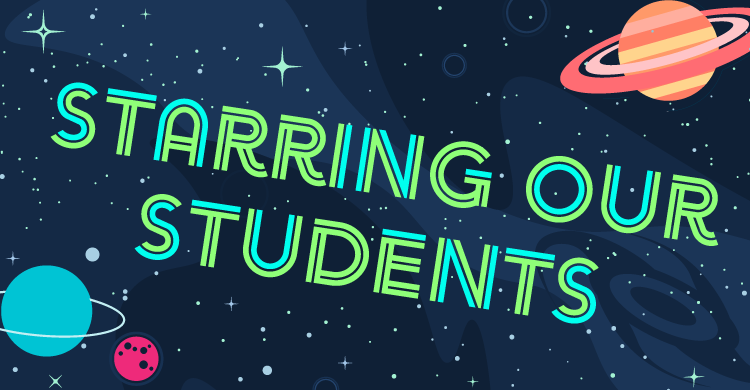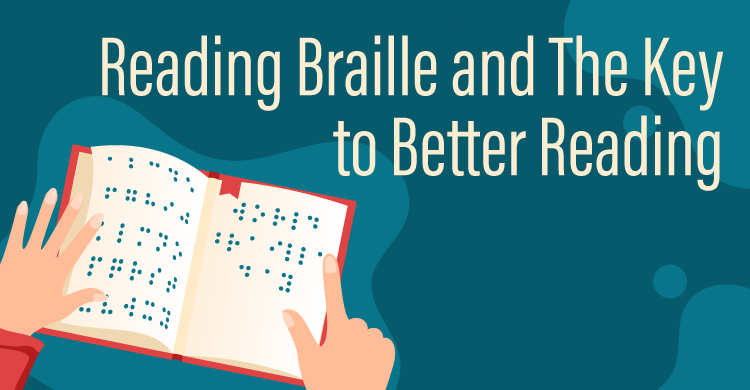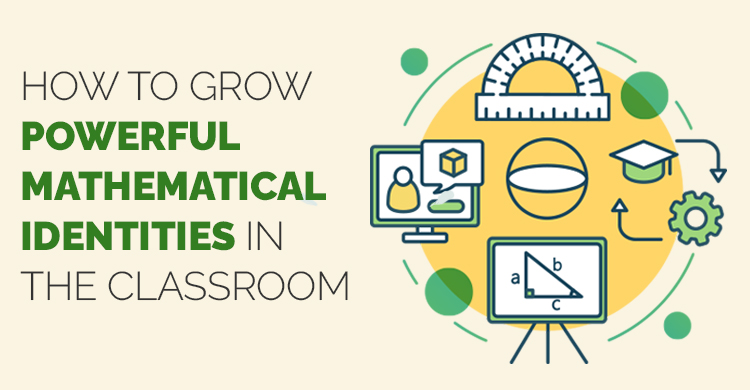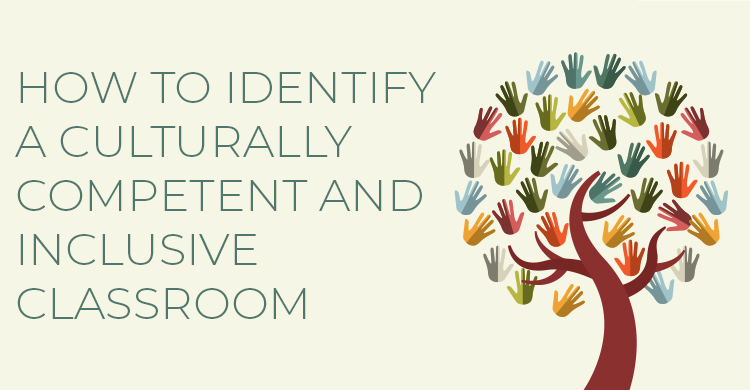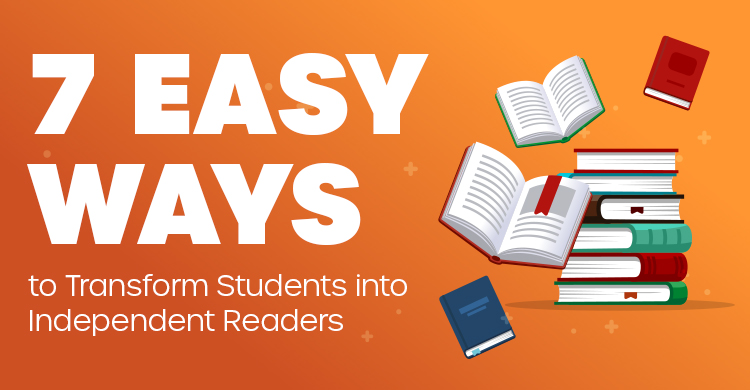Based on Developing Effective Learners
Students, like stars, are diverse, as they vary in size, composition, and name. When stars shine, energy is released and sent out into the universe as light. The way to develop effective learners is different from grasping for stars, but it also requires conditions for students with a diversity of abilities “to glow.” These conditions occur through differentiated instruction and assessment that acknowledges student diversity. How boring the world would be if all “stars” were identical!
Differentiated instruction (DI) is a way of teaching that offers multiple options for learning for whole-class, small-group, and individualized instruction (Tomlinson, 2017). Differentiation has the potential to increase the abilities of students with disabilities, students at risk of failure, typical students, and students labeled as gifted and talented (King-Sears, 2008, p. 590).
DI “enlightens” the instruction for students with diverse needs and levels who sometimes struggle to learn. In today’s classrooms, varied individual needs, levels, interests, and prior experiences are the norm. These differences include diverse academic, social, emotional, behavioral, sensory, physical, and communication levels, along with differing motivation. DI addresses a spectrum of cultural backgrounds, socioeconomic status, gender, language, and ability/disability. Some students need assistance to pay attention and to focus on what’s important. Other learners have a wide range of interests and prior experiences and skills. This diversity is often an impediment to learning if the instruction is undifferentiated.
DI negates excuses and turns can’ts and won’ts into wills and hows!
DI offers a way to effectively reach learners without translating diversity into an excuse or reason for not learning. Without responsive instruction, the gap between what is taught and what is learned widens. A differentiated instructional platform reduces the struggles for a learner who may need “something else” to shine alongside his or her peers, stand out as an individual, and ultimately radiate as a star!
If learners are introduced to concepts such as how to identify the main idea, use figurative language in writing, find equivalent fractions, analyze the causes of the Civil War, or balance algebraic or chemical equations, they may communicate and exhibit a range of behaviors and skills. These include but are not limited to thoughts and actions such as these:
- “I don’t care about this stuff.”
- “Wish I was somewhere else.”
- “I don’t know how to do this.”
- “I never saw/did this before.”
- “I love this—can we do it again?”
That’s when DI comes to the rescue, to offer “learning bait” for students to develop, hone, and expand their skills to “show what they know” in different ways. This includes providing choice for expression, along with varying representation, action, and engagement to learn and ultimately own the concepts and skills. The obverse behaviors of no choices, regurgitation, memorization, inaction, and disengagement disconnect students from concepts and skills.
An important DI caveat is that the responsibility for the differentiation never rests on one person’s shoulders, but it is accomplished collaboratively. Just as stars travel in constellations, so do our students, their families, and school staff exist and radiate within a whole structure. DI can’t be viewed as the sole responsibility of one person, because one person can’t be everything to everybody. The DI alliance occurs with inquiry-based collaboration among:
- General-Special Education Teachers-Related Staff
- Administration-Staff
- Students-Teachers
- Students-Students
- Teachers-Families
- Students-Families
Being in the same class means that all students learn the content, but not with the identical instruction. It’s important that learning profiles, academic and emotional levels, prior experiences, home supports, and interests are considered to offer a diverse population of learners the opportunities and conditions to learn effectively. That includes teachers creating learning environments that encourage students to become independent, self-regulated learners.
Table 1.1, “Walk the DI Talk,” has elementary and secondary connections.
| Walk the DI Talk | |||
| What?
(Curriculum Objectives) |
Who?
(Collaborative Partners) |
Why?
(Evidence-Based Practice) |
How?
(DI Strategies and Resources) |
| Reading: 1st and 2nd graders will learn to break words into syllables | The GE and SE educators team teach and offer syllable instruction to small groups using words of different lengths. The speech-language pathologist (SLP) and reading interventionist are consulted for ideas, strategies, and resources. Weekly word lists are sent home with families for students to practice skills. Students also keep individual word lists and graph their weekly progress from informal syllable assessment. Administration supports the teachers with PD to learn more literacy skills and plan lessons. | Students can’t just memorize words, but instead they need to break up longer words into smaller chunks or their parts, known as syllables. This way, from this crucial early age, they develop the skills to not only “learn to read,” but as the grades progress, to decode unfamiliar text across the curriculum as they “read to learn.” The What Works Clearinghouse (WWC) offers a practice guide, Foundational Skills to Support Reading for Understanding in Kindergarten Through 3rd Grade, that affirms the benefits of teaching decoding, fluency and comprehension skills. | Students demonstrate syllable knowledge with differentiated interest-based word lists of dinosaurs, sports, and food; e.g., tri-cer-a-tops, base-ball, spa-ghet-ti. Materials include color-coded syllable lists, picture books, online leveled passages, flashcards paired with visuals, access to online talking dictionaries, syllable songs, and short animated syllable videos. The teacher keeps running records of who knows what, with informal assessment from Reading A-Z on counting syllables.
Resources: |
| Math: 3rd-5th graders will solve one- and two-step math word problems with a combination of addition subtraction, multiplication, and division skills | The lesson begins with whole-class direct instruction and continues with learners working cooperatively in mixed-ability groups to solve problems. The teacher(s) then work with small groups of learners (5–8) for either practice, enrichment, or additional skills, as assessed by the exit cards from the prior math lesson. Learners also create and exchange word problems and quiz each other on math facts. | Students need to learn material that is within their reach, known as their zone of proximal development (ZPD). Some students lack prior math knowledge of basic facts and require more practice, modeling, and affirmation, before they tackle multi-step word problems. Other students thrive with more challenges and conversations with peers. | Students are offered concrete and representational tools and strategies to solve math word problems. Step-by-step approaches dissect word problems, identify key words and questions to be answered, list and record data, and model real-life applications.
Resources: |
| SS: 6th-8th graders will investigate the theme of power and protest. | This unit begins with the teachers previewing the content of an online NY Times poll titled “Student Activism” to gain insights that match student profiles. The learners then listen to audio speeches, read articles, examine historical documents, and view photos of current and past events in the United States and around the world to explore concepts and documents as they work in learning stations. Administration supports this unit of study with schoolwide assemblies. | The Center for Applied and Special Technology shares guidelines on multiple means for engagement, representation, and action and expression, and how with UDL, what fires up one student will or will not excite another learner. | Diversified representation engages learners. Visuals, sounds, reads, and learning stations are offered to differentiate this powerful topic. Learners who investigate local, national, and global events are more involved, since interest increases with relevance to their lives, families, communities, and global responsibility.
Resources: |
| Environmental Sciences:9th-12th graders will explore the consumption of goods, recycling, and ways to create eco-friendly and safer land, air, and ocean environments. | This science unit includes schoolwide and community collaboration as learners develop ongoing ways to beautify and improve their HS classrooms and communities with projects that include but are not limited to home, school, and neighborhood gardens; art created out of recycled material; environmental plays; a campaign to conserve water; recycling contests; and editorials to newspapers. Invited collaborators include art, science, music, theater, reading, and math teachers, along with local environmental groups, families, and public officers. | Project-based learning (PBL) is a way for learners to increase content knowledge and motivation, engage with the learning, and take ownership for the concepts (Iltar, 2014). In this unit, the students meaningfully learn with and from each other about their school, neighborhood, and world. | These assignments allow students to advance their knowledge and skills within heterogeneous groups that offer choice, relevancy, empowerment, and increased peer collaboration. Effective learners ground concepts in reality by adapting their learning to real-life situations (Karten, 2017a).
Resources: |
DI Table 1.1
Thankfully, both DI and UDL negate the thinking that OSFA (“one size fits all”) offers “fashionable instruction” for diverse student populations.
To sum up DI:
- Know your learners’ interests and abilities
- Offer choices
- Guide inquiry
- Monitor progress
- Facilitate learning
- Collaborate with colleagues, students, and families
- Enrich and challenge
- Universally design
- Be proactive and responsive
- Treat your learners like stars
- Walk the DI talk
Reaching and teaching each learner as a shining star occurs when the preparedness and learning conditions honor learner diversity. Effective learners absorb, express, and engage in content and information in multiple ways (Karten, 2017a). Together, we create effective learners. All students are capable of shining in different ways.
Resources:
İlter, İlhan. (2014). A study on the efficacy of project-based learning approach on social studies education: Conceptual achievement and academic motivation. Educational Research and Reviews. 9. 487-497.
Karten, T. (2017a). Developing effective learners: RTI Strategies for building student success. Bloomington, IN: Solution Tree.
Karten, T. (2017b). Navigating the core curriculum: RTI strategies to support every learner. Bloomington, IN: Solution Tree.
Karten, T. (2017c). Building on the strengths of students with special needs: How to move beyond disability labels in the classroom. Alexandria, VA: ASCD.
Karten, T. (2015). Inclusion strategies that work. Research-based methods for the classroom. Thousand Oaks, CA: Corwin Press.
Karten, T. (2011). Inclusion strategies & interventions. Bloomington, IN: Solution Tree.
King-Sears, M. (2008). Facts and fallacies: differentiation and the general education curriculum for students with special education needs Support for Learning, 23(2) 55–62.
Planets for Kids. Free astronomy network for kids. (2019). Why do stars shine? Accessed at https://www.planetsforkids.org/why-do-stars-shine.html
Tomlinson, C. A. (2017). How to differentiate instruction in academically diverse classrooms (3rd ed). Alexandria, VA: ASCD.
[author_bio id=”394″]


